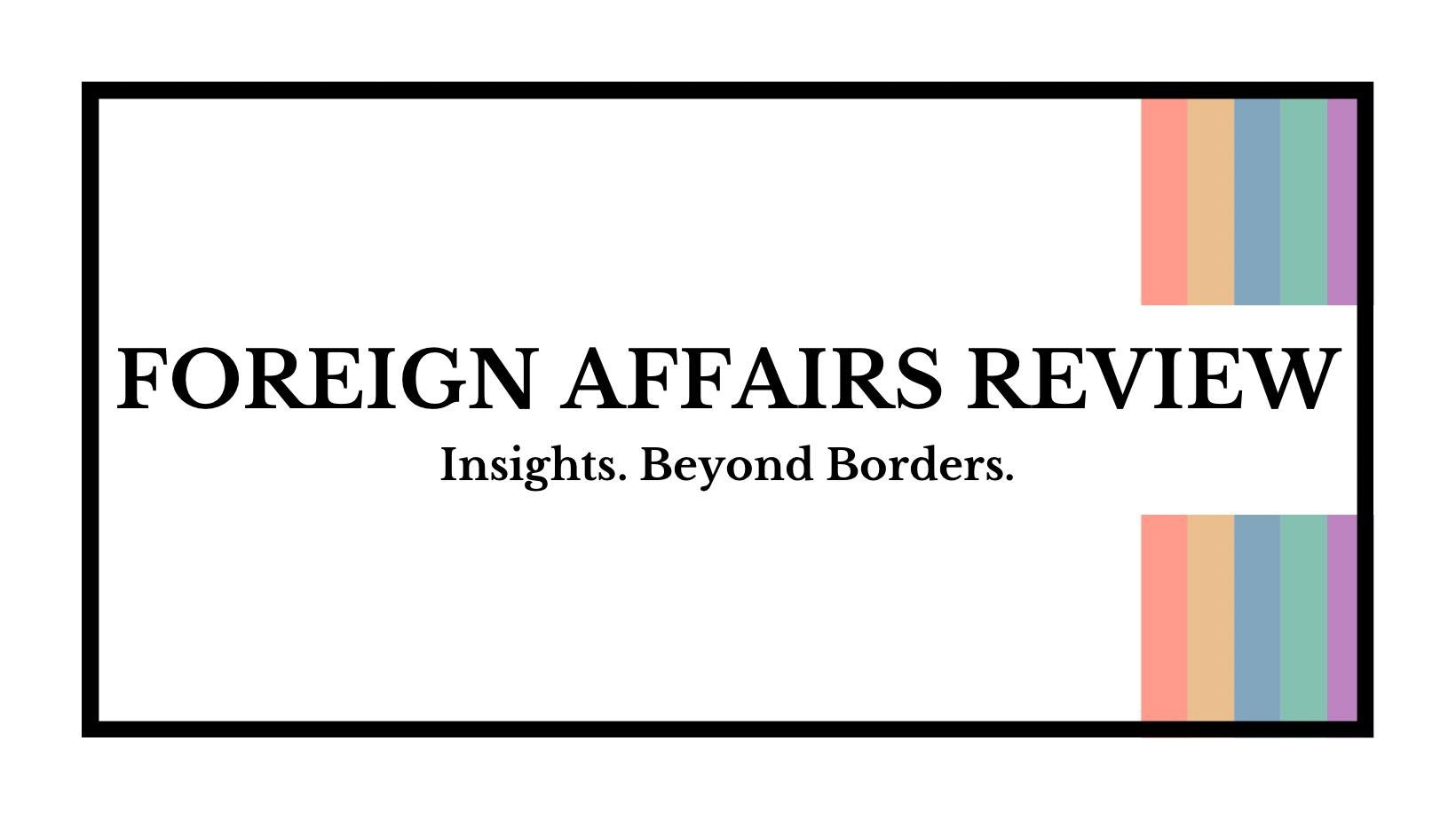Is NATO dead? Its Role Among the Rising Conflict in the World
It is indisputable that NATO has always had a strong presence on the international stage. For years it has been the foremost image of peacekeeping and unity in western Europe and North America, facilitating negotiations between states, monitoring conflict, and developing alliances and partnerships. However, recently overshadowed by the actions of individual states and sovereignty debates, NATO’s authority could be argued as rapidly diminishing. Is NATO even still alive and well as a useful institution?
NATO was initially founded after the destruction of the Second World War to facilitate negotiations and reduce the chance of another conflict in response to a united cry for stability. Since then, it has developed into a pinnacle of global security and a unified voice amid a rapidly changing political climate. Its powers of unity rely largely on the unique concept of a ‘NATO decision,’ which is a representation of the unanimously accepted decision of all member states, or the proposal to which no representative ‘breaks silence’ on the issue. This means that negotiations will continue until all states are agreed on the best course of action. This structure of co-operation and communication means that the scope for NATO's growth is unlimited, though practical limitations arise from its own capabilities, as opportunities give way to overload and thus slow down the decision-making process, drowning out the voices of individual states in a clamour of different opinions. New threats have created issues for both the EU and NATO, as terrorism, climate change, and hybrid warfare provide an incentive for NATO to streamline its procedures quickly. Without these changes, new threats in the political sphere make NATO appear weakened or even incapable of keeping up with geopolitical dynamics.
NATO's powers of conflict monitoring also seem decreased by recent political developments. States are turning to their own autonomy over the restrictions of thirty-two member countries and leaving NATO's role in conflict and negotiation confined to the Conference Centre of the Agora instead of in-person diplomacy. The previous role in coordinating the positions of allies and distributing arms negotiations is weakened by the lack of security guarantees regardless of hard power and the call for a stronger framework that works with states’ needs whilst reducing dependency on U.S. hegemony. This means that focus lies not in monitoring and responding to the conflicts themselves but in directing more funding to defense strategy and security in anticipation of further threat. The expectation of trade wars between the US and Europe also raises doubts in Washington and Brussels surrounding security and the likelihood of the Alliance being undermined by security breaches. Additionally, war in Ukraine and the Middle East are a challenge to survey, putting more pressure on the credibility of the organisation as it wavers under pressures from external states and considers the substantive implications of direct involvement in the intricate conflicts of today's world. The increasing heaviness of this load is driving states to consider their role in the Alliance and pursue a greater position in the international order for their own interest. Thus, NATO has very limited current reach as it continues to struggle to influence areas outside of Europe and North America whilst losing pertinence among its own member states.
It seems unlikely that NATO will be able to keep up with daily shifts in geopolitical standing these days. However, there is still a chance for the Alliance to regain its relevance if it makes the changes it needs. NATO is a necessary entity in the international order for four reasons: defense, stability, arms control, and the encouragement of political reform. The unpredictability of these factors means that the Alliance must navigate other political obstacles through the widening scope of interaction between states; to do so, it must embrace cohesion, pragmatism, and innovation as its guiding principles. However, the specifics of this new direction remain uncertain as the move away from the US in favour of stability leads to an image of ‘Europeanising’ as a result of strategic autonomy and the blocking out of external powers. In this multipolar world, emerging obstacles and the diversion of member states mean that NATO must step up and return to its position as a stabilising force and continue its successes as a powerful entity in the political world.
With the movement of the UK away from inter-state alliances through Brexit and many other states following similar initiatives, a breakup of NATO seems all too likely. The odds seem stacked against the Alliance with the level of change it must implement in order to maintain relevance after the bygone days of the post-Second World War treaties of unity, but if the Agora can hold the potential exponential growth of the Alliance to facilitate more viewpoints and perspectives, the system could be making room for new great ideas and innovations in diplomacy. With the great minds of today on the international stage to counteract the volatile and unpredictable force of conflict and uncertainty in the world, there is still a chance for a reclamation of authority and reassertion of cohesion and stability among the allied member states. As long as there is still room in the international order for NATO to adapt to a new political environment, there may still be life remaining in the Alliance yet.
Image courtesy of UK Government via Wikimedia, ©2023. Some rights reserved.
The views and opinions expressed in this article are those of the author and do not necessarily reflect those of the wider St. Andrews Foreign Affairs Review team.



